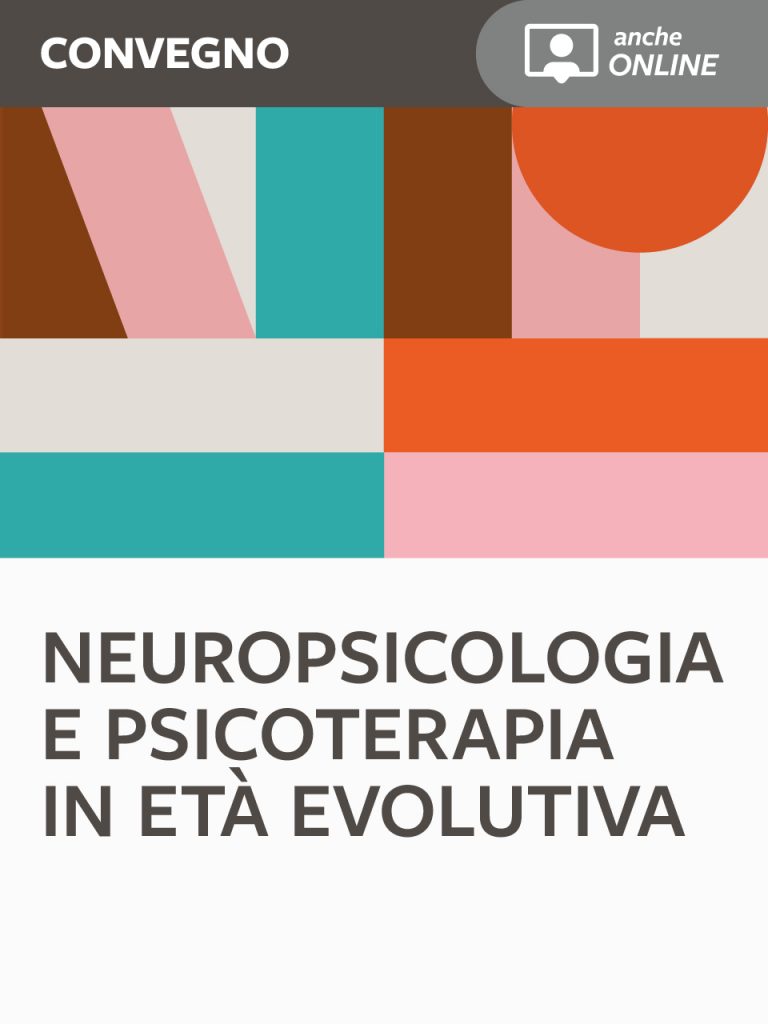Faddy Junior: A Tele-Rehabilitation Experience at ASUR Marche
Andrea Arcangeletti, Alessia Carletti, Aurora Di Porzio, Ilaria Letizi, Eloisa Menzietti, Luciana Petrini, Valentina Scoccia, Costanza Tascini, Claudio Sorgi, Giovanna Diotallevi
Until a few months ago in Italy tele-rehabilitation was rarely used because there weren’t enough resources and specific training. Although some scientific studies provided evidence to suggest that tele-rehabilitation interventions had positive effects on motor and higher cortical disorders, there was scepticism and distrust among therapists and patients. The Covid-19 pandemic has led many Rehabilitation Services to close, forcing radical changes in the operating methods and catalysing the rapid adoption of tele-rehabilitation for children with neurodevelopmental disorders. This has allowed us to identify the strengths and weaknesses of tele-rehabilitation. From the 18th March ASUR Marche has used an e-learning platform which allows asynchronous interaction between the therapist and patients. Even if children’s Rehabilitation Services have reopened, the platform is still operative and is being used as a support to face-to-face rehabilitation. Our experience has highlighted that face-to-face rehabilitative treatment cannot be replaced by tele-rehabilitation with children with disabilities. However, some positive aspects that can improve tele-rehabilitation interventions have come to light. By analysing the answers to questionnaires, both therapists and families prefer face-to-face rehabilitation than using the e-learning platform; however, many families are satisfied with the proposed training and half of them have noticed an improvement in trained abilities. According to therapists, the platform is a useful tool as a support to synchronous rehabilitative interventions and face-to-face rehabilitation.
Keywords
Tele-rehabilitation, Children, E-learning platform, Neurodevelopmental disorders, Asynchronous intervention.

